|
If you have been among the fortunate restaurant operators to have survived the past year, you’re about to be surrounded with some new potential opportunities (and perhaps competitors) in 2021. The restaurant closures of the past year have left a significant amount of infrastructure behind – including turnkey kitchens ready to be used for new concepts. Expect former cafés and other real estate equipped with professional kitchens to be scooped up and reopened as ghost kitchens (with or without walk-up service). If you have been considering either making the switch to a ghost kitchen or just testing a new off-premise concept with the help of one, now could be a good time to find deals.
Not so long ago, the term “restaurant automation” conjured thoughts of futuristic robotic burger flippers and waitstaff. But the past year has made the term take on new meaning. Restaurants in greater numbers are using automation to put a wide range of tasks on autopilot – such as onboarding, food preparation, and data collection and analysis. Adopting automation in this form addresses key pandemic-related pain points: training new staff, preparing food quickly and safely, and perhaps most importantly, collecting and analyzing data in a way that helps you make wiser decisions about everything from your menu, to your inventory, to your promotions. A recent report from The Spoon describes how two such automated systems, Galley and SousZen, collect and analyze data over time, then make recommendations to help restaurants adopt new behaviors and processes in the kitchen.
The technology you’re adopting now to bring efficiencies to your business and minimize contact may have the unintended effect of distancing your guests from your staff – and the service they have come to expect from your brand. As you introduce technology into your business, make sure that it includes features that somehow replicate (and ideally, enhance) your service. When your return customers order food from you online or via your app, are they prompted with information on their past orders to help streamline the processing of their current order? Whenever they are in the vicinity of your restaurant, could you use predictive analytics to send them a promotion they are likely to crave? Using artificial intelligence can help you demonstrate that you know a guest well – and fill any empathy gaps that exist when a guest has less human contact with your brand.
The pandemic has made us all the more reliant on data from a growing number of sources – and the restaurant brands using their own data most adeptly (and pulling from useful external data sources too) have been the ones most able to steer their way through the challenges of the past year. In its recent list of top-five predictions for restaurant tech in the year ahead, Restaurant Technology News said operators will need to be ready to take advantage of the “tidal wave of data” resulting from their interactions with consumers. So how could this look in practice? If you have a large customer base of sports fans, the report says, you could be combining your first-party transaction data with player stats, weather changes and your inventory to predict sales on game days. And that model adjusts depending on the demographics you’re serving: Whoever your ideal customer is, there are multiple sources of data that can predict how that person will make decisions. Are you collecting data from sources that can help you make the best decisions in the year ahead?
Is your restaurant as future-proof as it could be? Whether you can answer yes or no largely depends on how well you are gathering, managing, measuring and responding to the data you collect – about your customers, your inventory, your sales throughout the day/week/month (and the list goes on). The information you gather now can prepare your business to power through the next crisis and, in stronger times, make it as profitable as possible. If you’re not in a position to hire a team member whose full-time responsibility is managing data, consider the tech acumen you already have on your team. What’s most important is an ability to see patterns in your data and make connections. Studying the approaches of quick-service restaurants, which had already been well on their way down this road before the pandemic, may also provide some clues. Start with your biggest pain points. Now is an important time to take stock of the challenges of the past year, identify key weaknesses, and use the capabilities of your POS system to defend against them going forward – or possibly eliminate them altogether.
The new pandemic-era guidelines that restaurants must follow may help protect health and safety, but they can also slow down service: More frequent handwashing and cleaning, fewer staff on hand at once, and a decline in shared work surfaces can add time to food preparation. Is your kitchen equipment earning its keep by helping you adjust to these changes? This year could be time to swap out single-use tools and appliances for smaller, multifunctional ones – and if you are in the market for an oven, consider a smart oven like a cook-and-hold oven that you can set and forget, or a smart combi oven that can cook using convected heat, steam or both. In addition to helping restaurants manage labor costs, maximize available space and remotely monitor cooking, these kinds of appliances can save energy and also track safety.
One change to life after the pandemic that could be a lasting one is the drift in meal times and snack times during the day. Your online ordering system – and your use of it to manage pre-orders during the day – can help you accommodate those changes and serve more people. A recent Eater report describes how the owners of Dee Dee, a Thai food truck in Austin, are actually doing more sales volume now than before the pandemic. While their customers have long asked if they could place orders ahead of time, before COVID-19 this was too difficult for the owners to manage in the midst of serving the long line of customers appearing at their window each day. That line could require a wait of between 45 minutes and an hour, but now that the owners have taken their ordering fully online, there is no longer any wait. Knowing when people will want their food – and having the freedom to spread out those orders – helps them churn out more of them in less time.
|
Subscribe to our newsletterArchives
July 2024
Categories
All
|
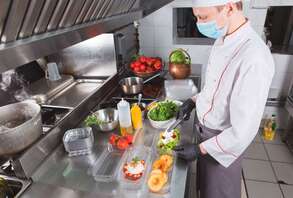
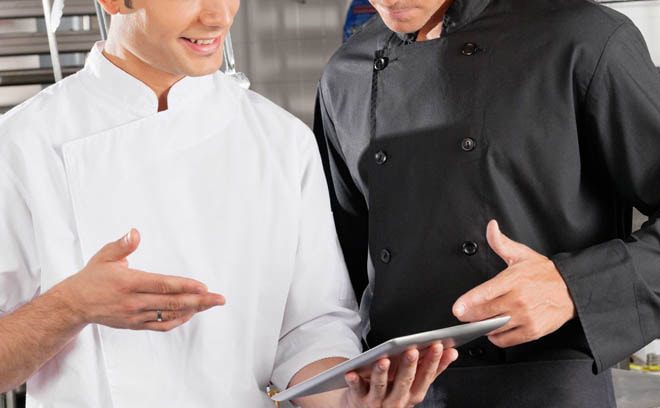



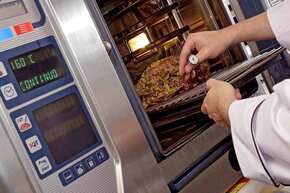
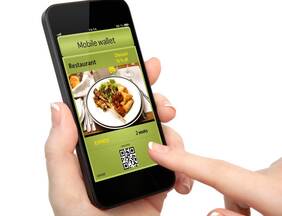


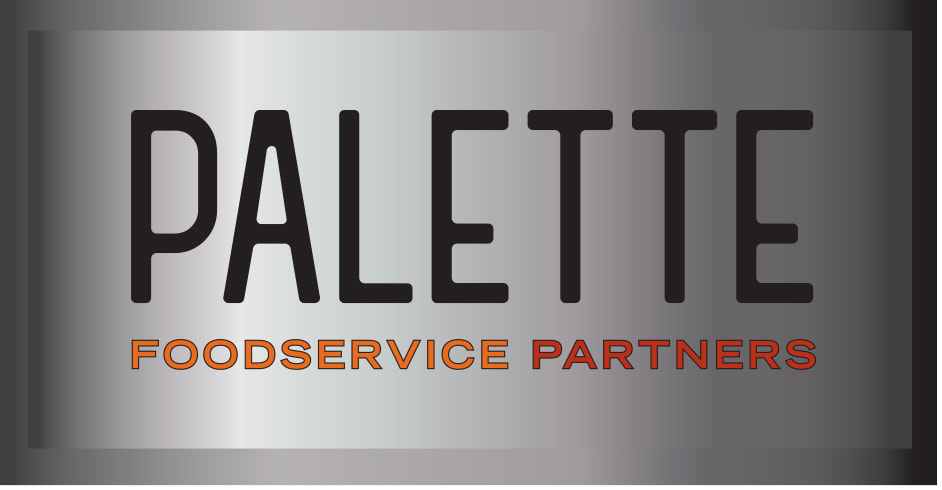
 RSS Feed
RSS Feed